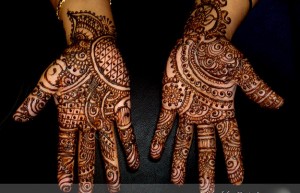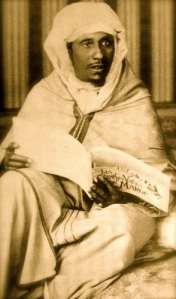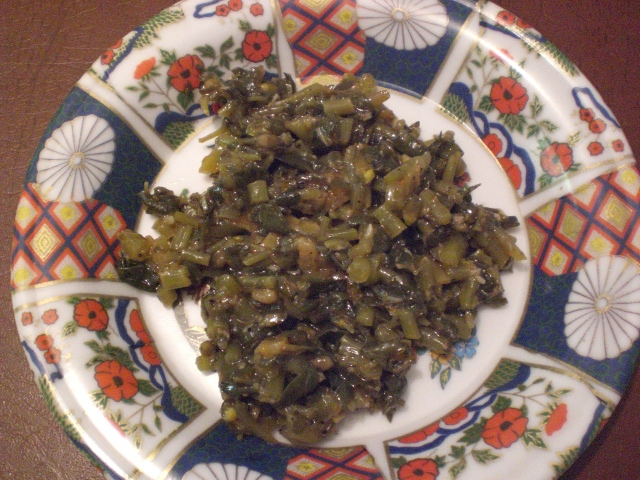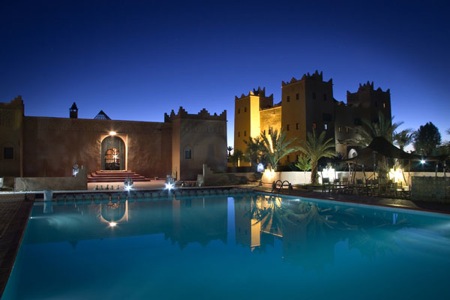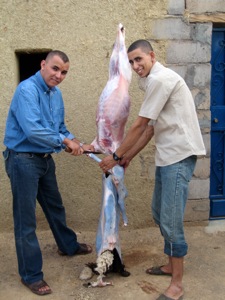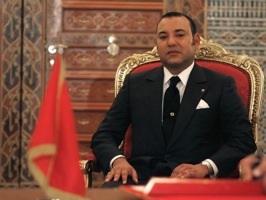Morocco Tours For Women, Your Morocco Travel Guide
Morocco is a woman’s paradise for culture, food and magnificent markets. Want to discover Morocco’s Sacred Spaces, Imperial Cities, Ancient Kasbahs and Berber villages with other likeminded women? Visit Morocco! Join our Just for Women Tours or let us create a tailor-made group journey of your own. Cook, bellydance, trek the…

